Cast iron and mild steel are two essential materials that have been used for centuries across various industries and applications.
Both materials have unique properties and characteristics that make them highly sought after for their durability, strength, and versatility.
In this article, we will explore the differences between cast iron and mild steel, their uses, benefits, and applications in modern-day construction and manufacturing.
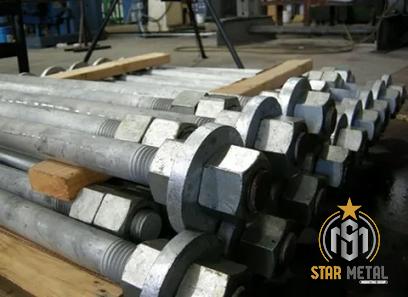
.
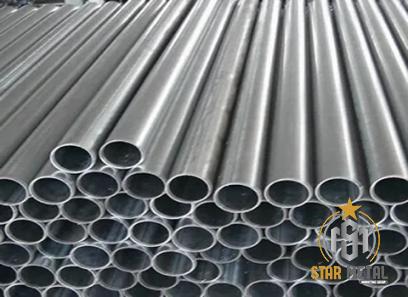 Both cast iron and mild steel have a wide range of applications across various industries and sectors.
Both cast iron and mild steel have a wide range of applications across various industries and sectors.
Cast iron is commonly used in automotive and machinery manufacturing, construction, and decorative arts.
Its unique properties make it a popular choice for products such as engine blocks, brake rotors, sewer pipes, and cookware.
Mild steel, on the other hand, is widely used in structural steelwork, building construction, automotive manufacturing, and shipbuilding.
Its versatility, strength, and cost-effectiveness make it an essential material for a diverse range of applications, including beams, columns, rails, and reinforcement bars.
..
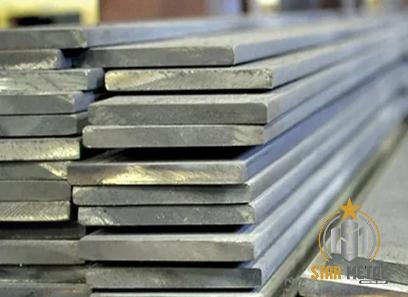 For applications where weight is a primary concern, such as in aerospace engineering or automotive manufacturing, the density and weight of cast iron provide added stability and balance, making it a preferred material in certain scenarios.
For applications where weight is a primary concern, such as in aerospace engineering or automotive manufacturing, the density and weight of cast iron provide added stability and balance, making it a preferred material in certain scenarios.
Conversely, the lighter weight of mild steel makes it a versatile option for projects where portability and ease of handling are crucial.
Corrosion resistance is another critical consideration when choosing between cast iron and mild steel.
While both materials can be protected from rust and oxidation through coatings and finishes, mild steel is often preferred for outdoor applications due to its enhanced corrosion resistance when properly treated.
In terms of machinability, mild steel’s superior adaptability and ease of fabrication give it a competitive edge over cast iron, which requires specialized tools and techniques for machining.
This difference in machinability can impact the overall efficiency and cost-effectiveness of a project, making mild steel a more practical option for projects that involve complex machining processes.
…
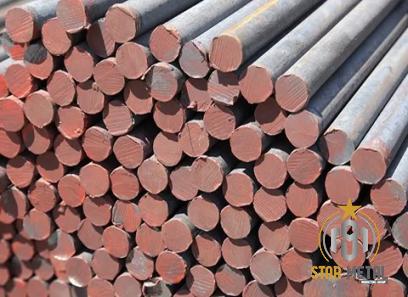 In conclusion, cast iron and mild steel stand as enduring pillars in the world of construction and manufacturing, offering a wide range of applications and benefits that have stood the test of time.
In conclusion, cast iron and mild steel stand as enduring pillars in the world of construction and manufacturing, offering a wide range of applications and benefits that have stood the test of time.
Their unique properties and characteristics continue to make them essential materials for a diverse array of projects, from infrastructure development to industrial manufacturing.
By understanding the strengths and limitations of cast iron and mild steel, you can make informed decisions when selecting the right material for your next endeavor, ensuring that your project is built to last and withstand the demands of a rapidly evolving world.
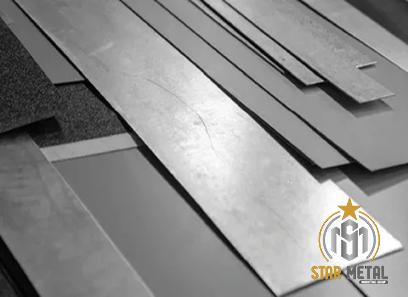
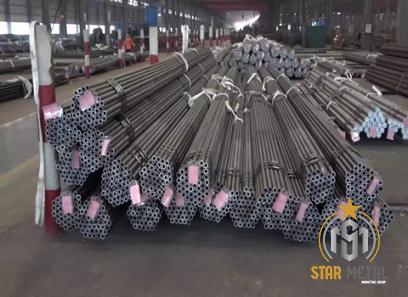
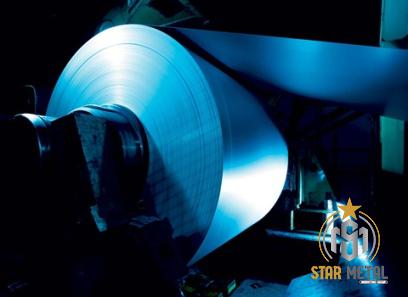
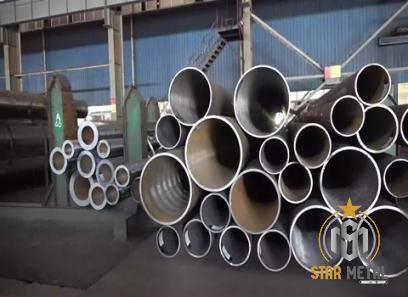
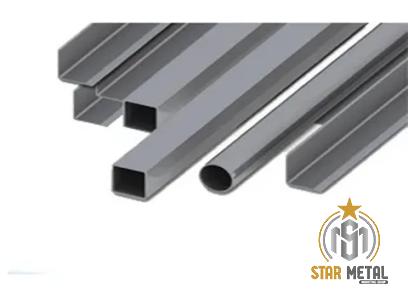
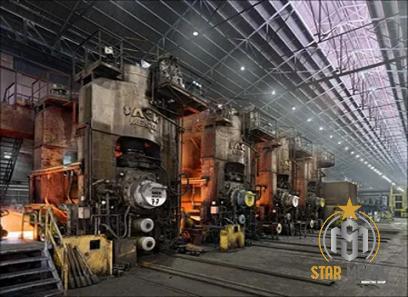
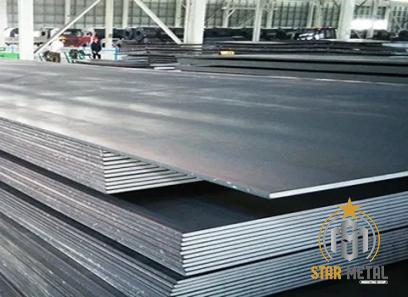
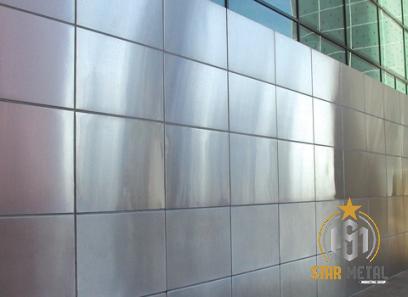
Your comment submitted.